Indian Wedding Traditions are best known for their rituals. From using vibrant colours for décor and rasams to royal wedding outfits, it is a wholesome package of joy and celebration. These weddings are culturally rich and planned beautifully with closed ones. A typical Indian wedding generally stretches for around three days, which includes Haldi-Mehndi, Sangeet, and the wedding day. Many families host a reception post-wedding to celebrate with the guests who couldn’t join them for the wedding. What awaits the guest most is “Shaadi Ka Khana,” and without food, any Indian Wedding Traditions is incomplete. Although the tradition varies by community, it is ensured that culture and tradition are incorporated throughout the wedding. So, let’s have a look at the most overwhelming Wedding Traditions below.
Indian Wedding Traditions
1.The Holy Date and Time:
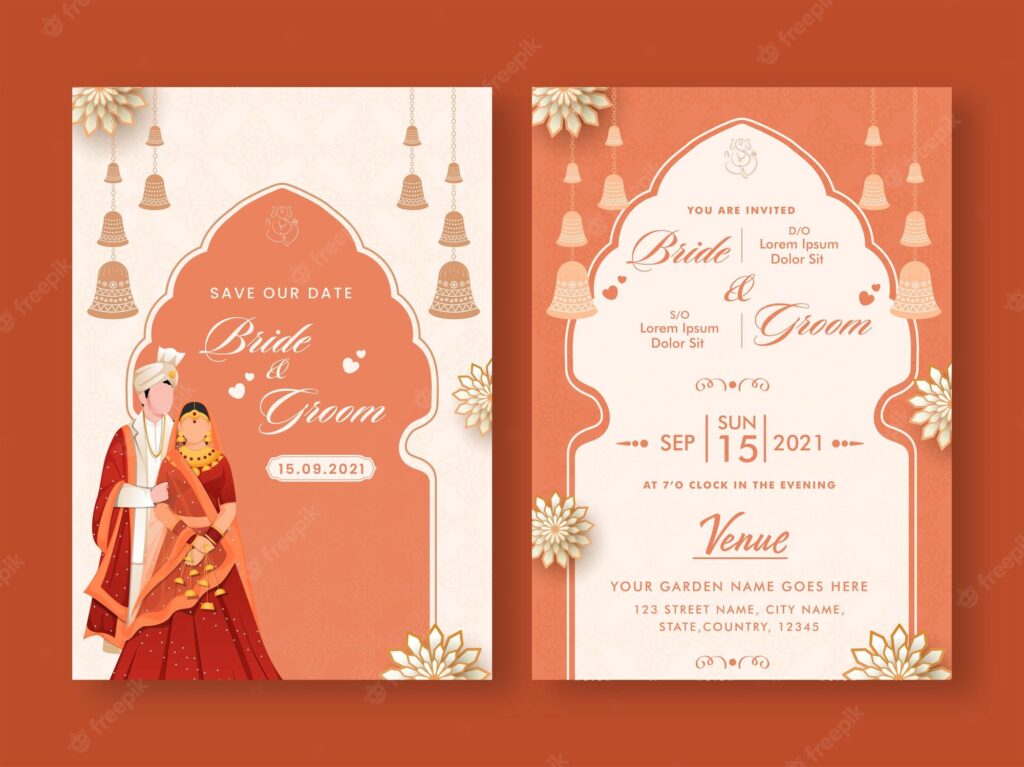
Indian weddings are completely different from any other wedding. The wedding match is not at all random, and hence the family relies on the pandit to look for better compatibility. The pandit then reads the stars and planets of the bride and groom, which basically reveals the traits of the person, their qualities, and if there are any faults. After analysing the whole Kundali, the pandit suggests a holy date and time for a successful marriage.
2.The Rasam Begins:
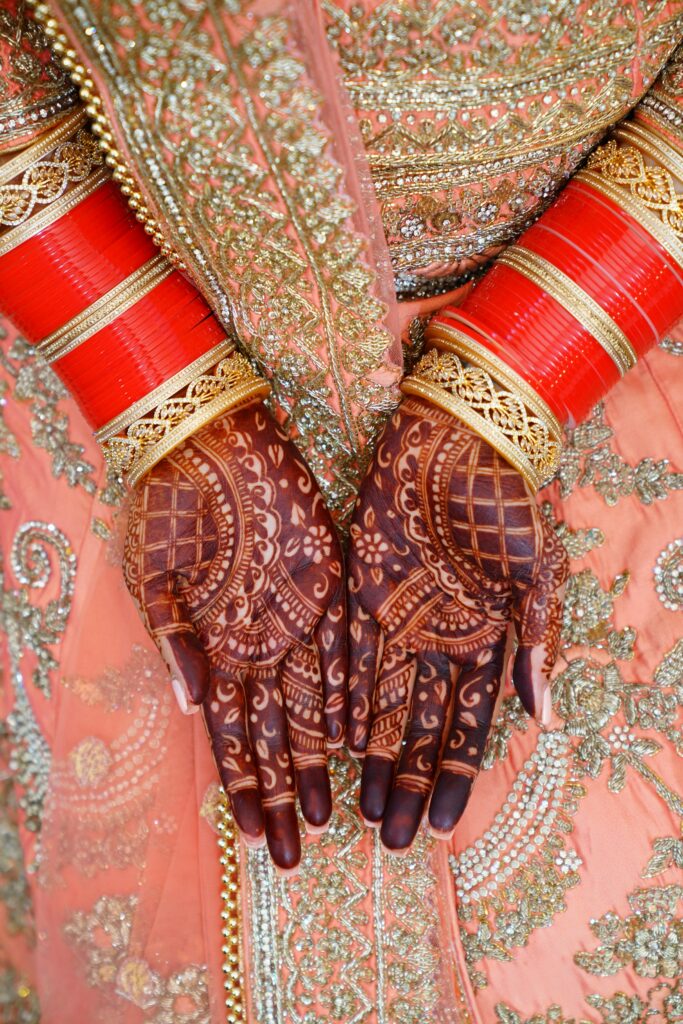
Indian weddings encompass many events, or, say, rasams. The entire family enjoys these rasams because they bring everyone together to enjoy, dance, and sing with the bride and groom. Some families perform these rituals individually, whereas some families come together with the bride and groom to make the event memorable. These rasams include Haldi, Mehndi, and Sangeet, and some other Wedding Traditions.
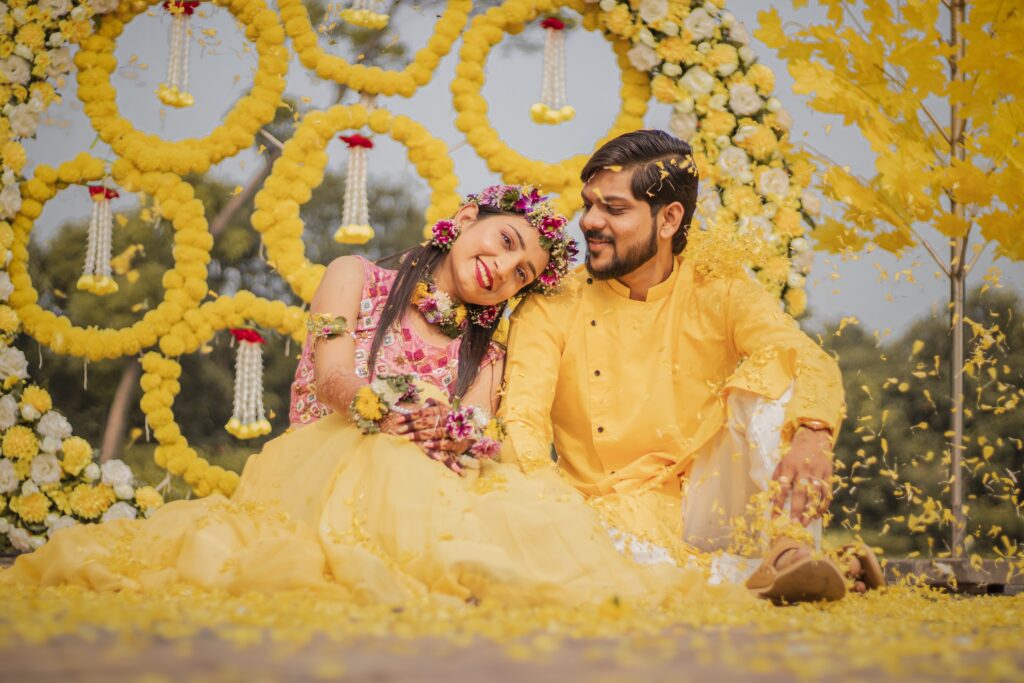
On the day of Haldi, the couple applies yellow turmeric powder to their skin to protect themselves from the evil eye, whereas on the day of Mehndi, the bride applies the mehndi, popularly known as henna, to her hands and legs. It is believed that the darker the mehndi is, the more her partner loves and cares for her. Sangeet Day is one of the special days for the bride and groom, as their close ones sing and dance for them on this occasion. During all these three rasams, the couple changes their outfits and gets the pictures clicked.
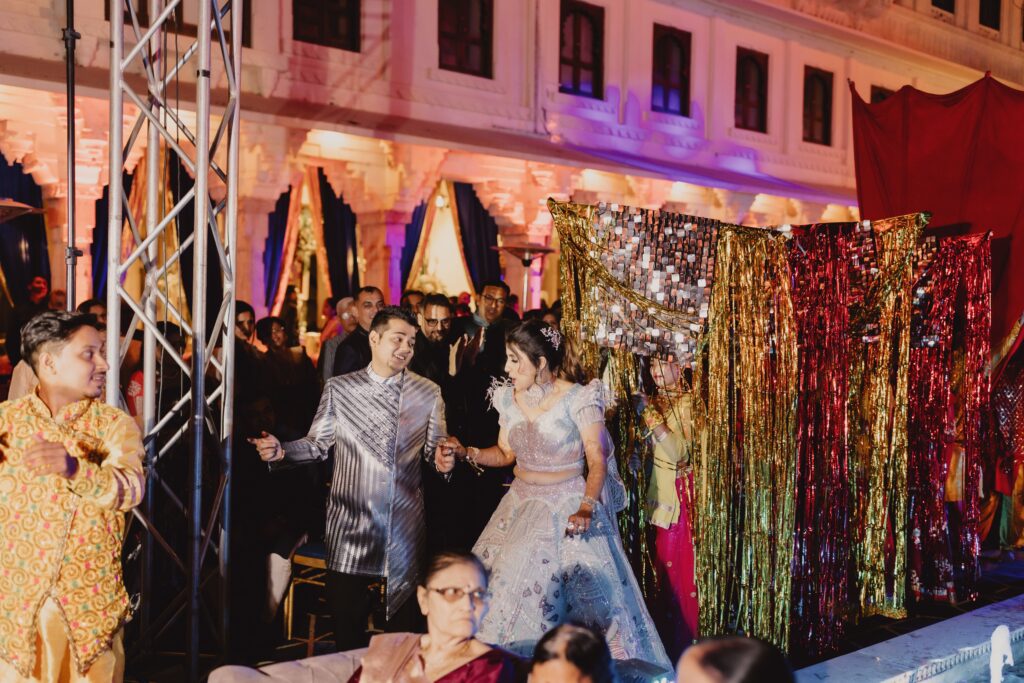
3.Paint In Red #RedWeddingAttire:
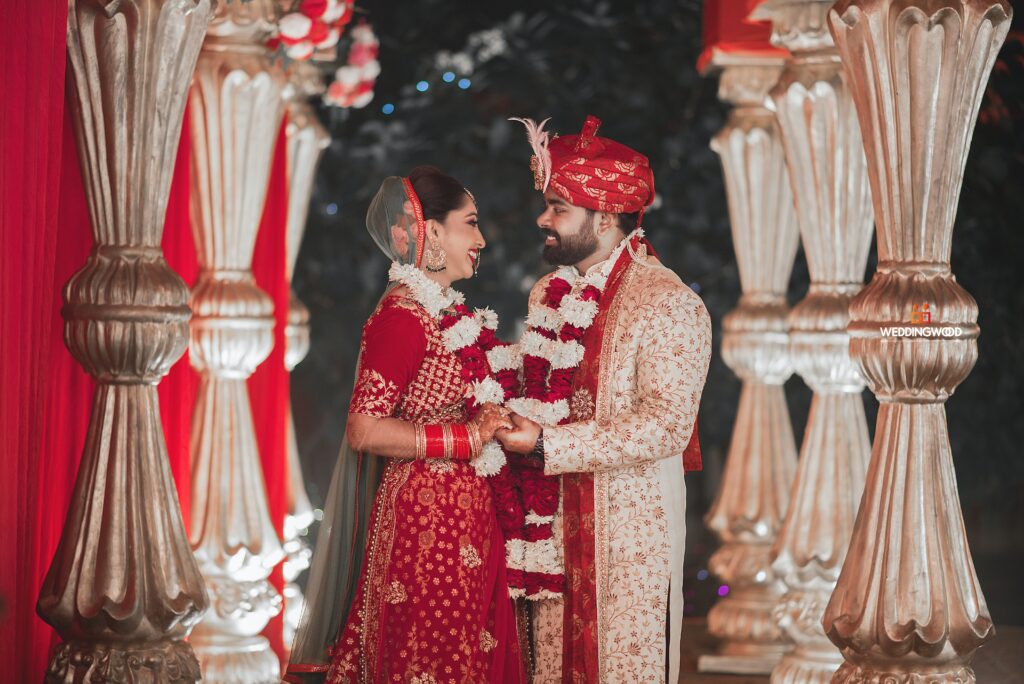
The colour red signifies belief, good luck, and strength in any form. Indian brides generally opt for a red lehnga during their wedding, which symbolises commitment, spirituality, and fertility. Following the culture, the bride also uses shringaar, which is red (nail colour, alta, sindoor daan is done later). On the other hand, the groom generally wears a white embroidered sherwani or an outfit matching that of his partner.
4.Welcoming the Groom:
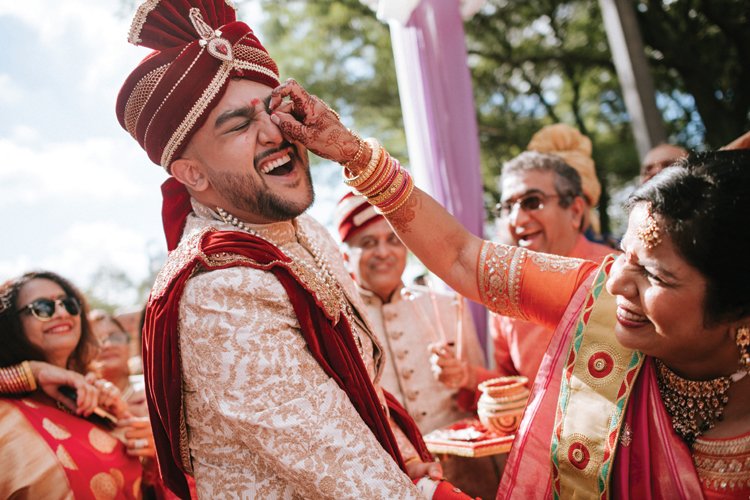
It is the wedding day when the whole bride’s family is all set to welcome the groom and his family. As mentioned, the groom wears an ethnic sherwani and the family comes along with him, which is usually called a baraat. Once the family arrives, they are welcomed by the bride’s family by doing a small welcome pooja. It is popularly known as Dwarpuja. It is one of the main Wedding Traditions followed by many Indian families.
5.Jai Mala:
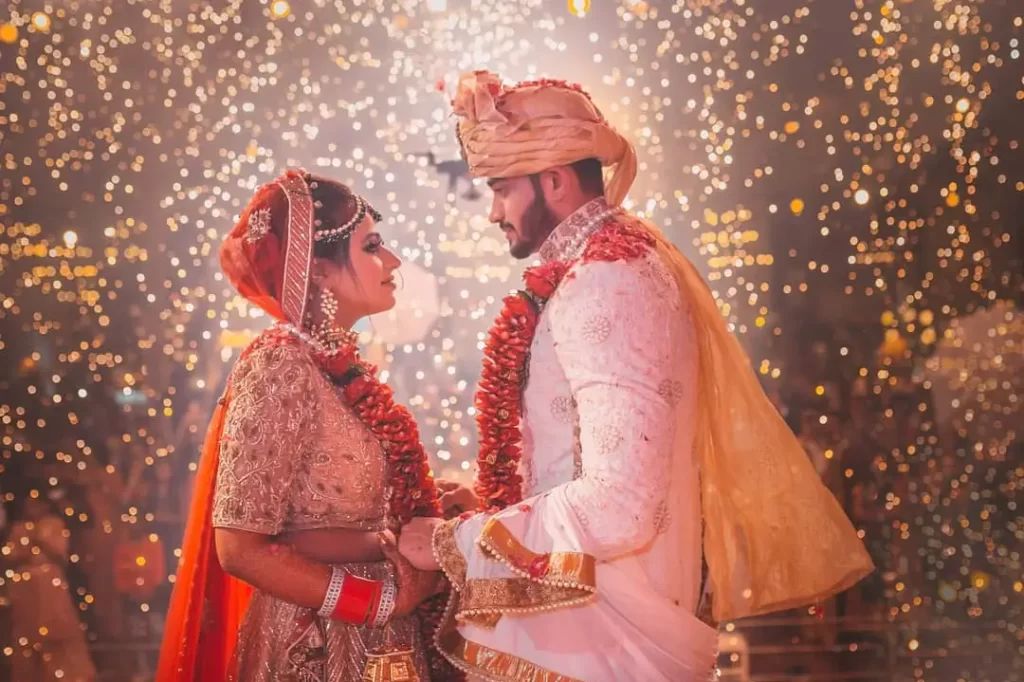
Jaimala or Varmala is a wedding ritual. The bride and groom exchange the flower garlands, which are generally made of rose flowers, and it is the first occasion where both of them step into the next rasam of the wedding. The exchange of varmala portrays the acceptance of the bride and groom for each other, and they are ready to tie the knot. Jai Mala is really fun when the bride squad and the groom squad lift the bride and the groom during the garland exchange. The bride and groom prefer changing their outfits after performing this ritual.
6.Shaadi ka Khana:
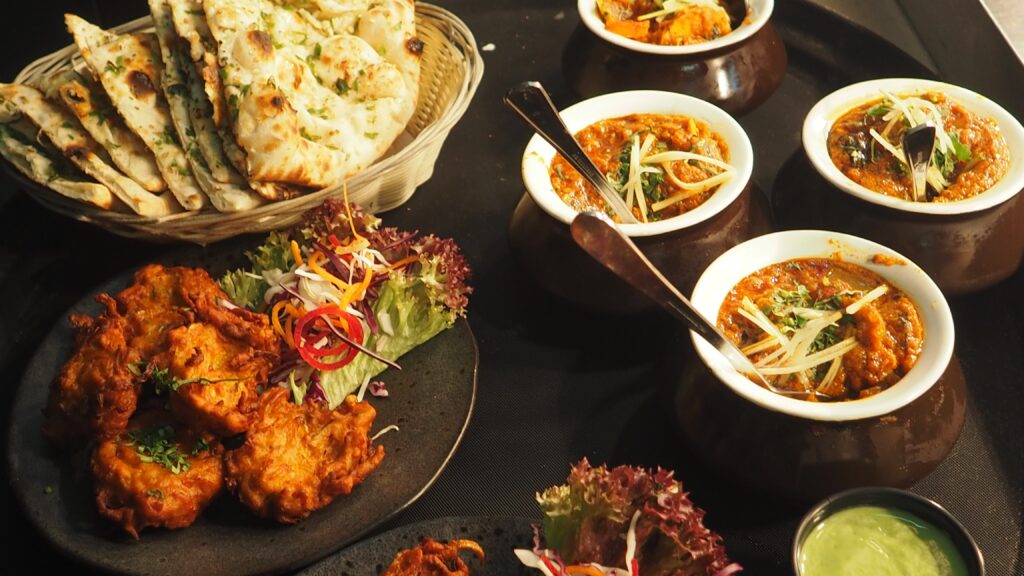
One thing which fascinates the guests at an Indian wedding is the “food.” A wedding without a tasty variety of cuisines is incomplete. The food choices may be decided mutually by the bride and groom’s families. You can’t miss the food offered at weddings, which fills your plates completely with no space left in it. Some families only arrange traditional food on the wedding day for their guests, whereas some go for fusion dishes. You should make sure that you don’t skip any of the dishes and miss this mouth-watering moment.
7.Vidhi Mandap:
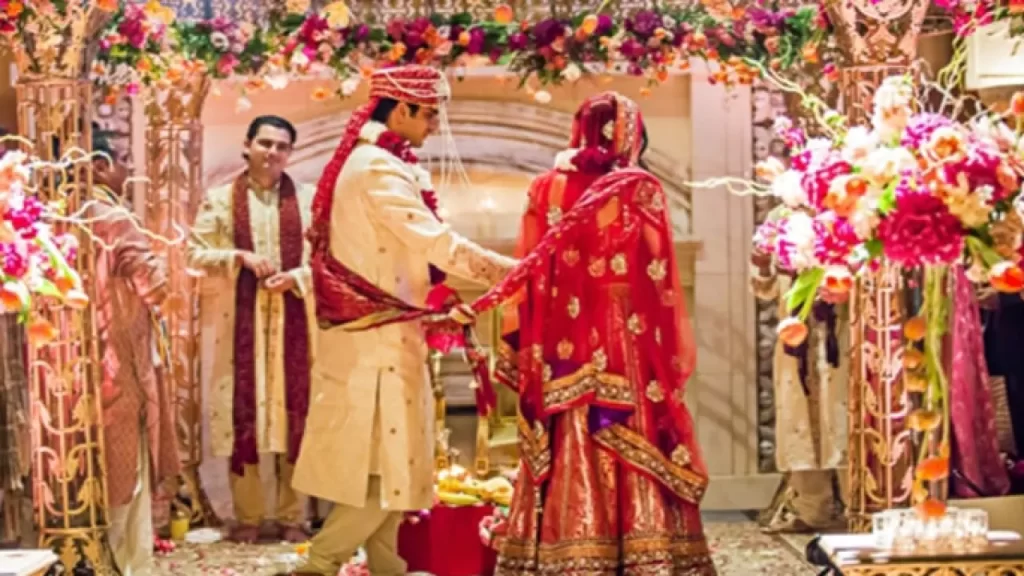
A Vidhi Mandap is the mandap where the bride and groom will tie their knots with each other by reading out the seven vachans. The vidhi mandap is decorated extremely well by using flowers, lights, drapes, and other decorative items. The bride and groom sit underneath the mandap and perform the remaining rituals, such as Kanya daan by the bride’s family, Saath Phera, donning the Mangalsutra, and then Sindoor daan. The Mangalsutra is referred to as the “holy thread” that ties the bride and groom into their relationship. On the other hand, the seven vachans of the wedding are followed by seven rounds of Agni. And then the groom puts Sindoor on the bride’s head.
8.Joota Chori/ Hiding the Shoes:
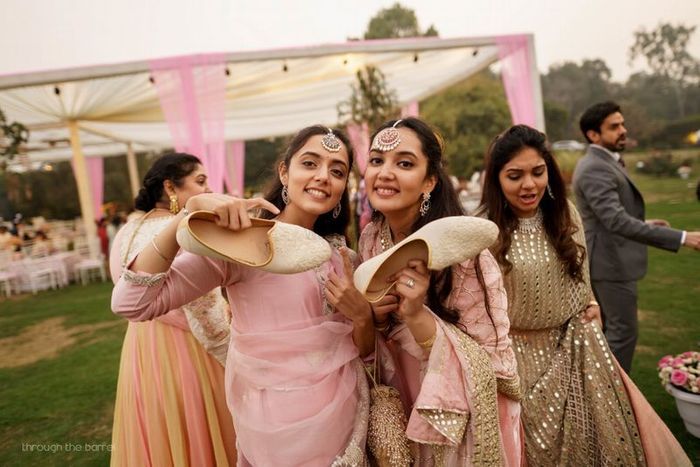
Joota Churai is the funniest and most-awaited ritual of the Indian wedding tradition. The bridesmaids or bride’s sisters steal the groom’s shoes. This ceremony is no less than a game and a deal. The groom asks for his shoes or jutti, and in return the bridesmaid demands a gift, which is usually cash. All this game starts between the mandap rasam, when the groom sits with the bride and the bridesmaid takes the chance to hide his shoes. The bargaining session between the groom and bridesmaid is fun to watch.
9.Bride’s Farewell #Bidaai:
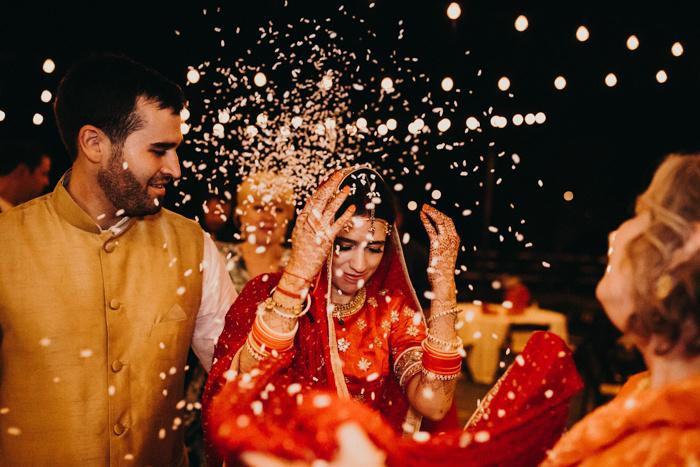
It is one of the most important and emotional moments for the people present there. Not only the bride and her family, but this moment brings tears to the eyes of every person. It is a tearful, emotional moment when the bride officially leaves her family and says goodbye to them by joining the groom and his family. The bride throws rice over her head, and it represents the bride’s gesture of gratitude toward her parents.
10.Welcome to the family:
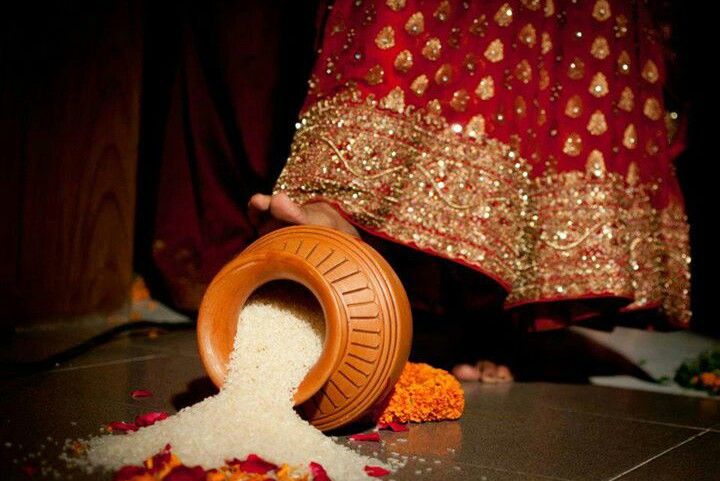
Just after Bidaai, the bride accompanies the groom to his house. Here, the groom’s family is prepared to welcome the bride, and she is generally welcomed as “Goddess Lakshmi,” which is a form of love, fortune, and beauty. A final Wedding Traditions that the bride must follow is “Grah Pravesh,” in which she must kick a small pot filled with rice and then step into a mixture of red colour made of water and Kumkum, leaving her footprints on the floor, to begin a new beginning of their life, which is Happily Ever After!
A banquet hall is the best suggestion to make all these events possible. Indian weddings are no less than a fairy tale, and you would definitely need a banquet hall that excels in making your wedding day special. Our pillarless banquet hall will be perfect for your wedding. From offering a luxurious banquet hall, and themed decorations to a multi-cuisine food menu, we believe in making the wedding grand and memorable.

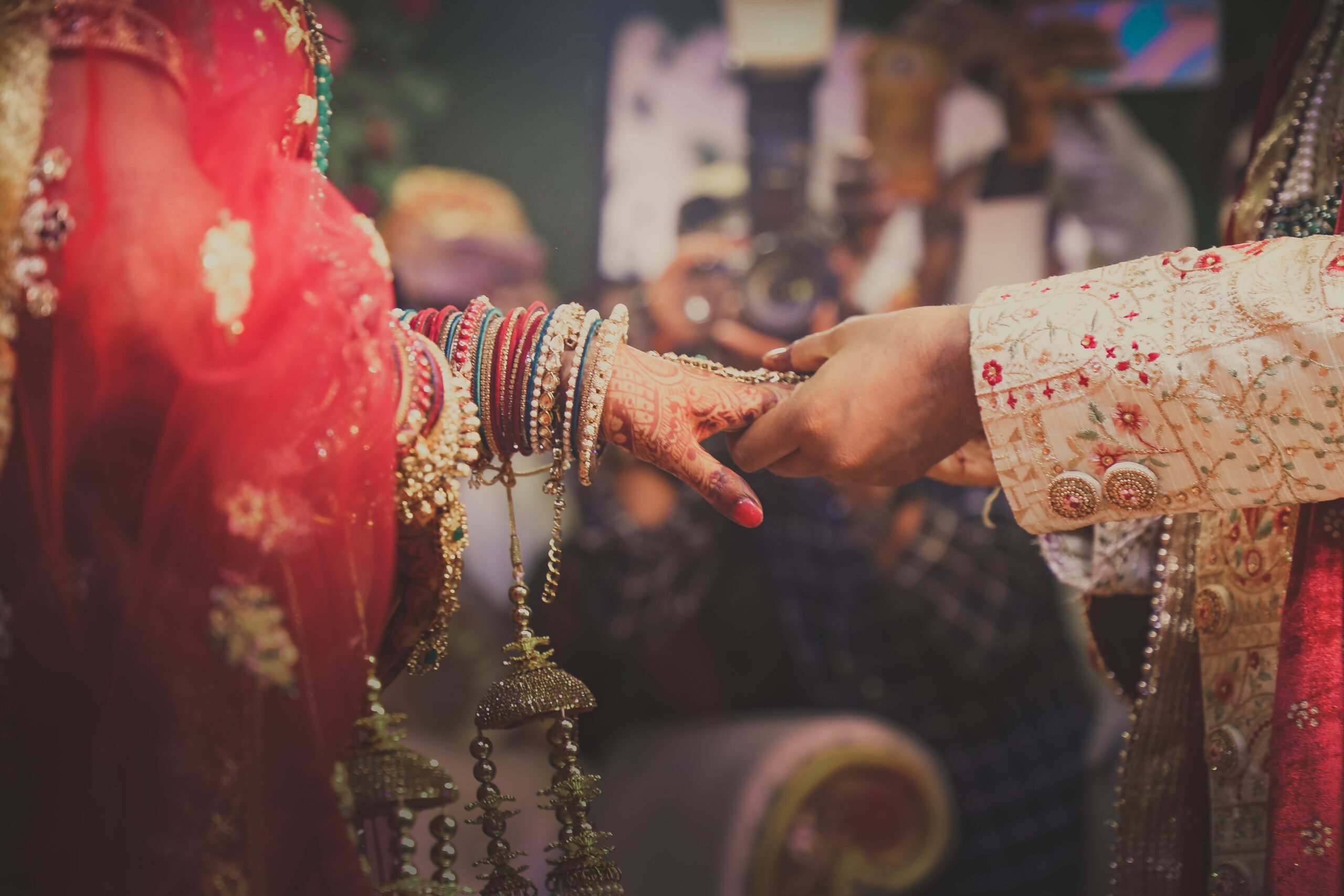
Thank you for your feedback.
Thank you for your feedback.
amazing recipe. Keep Sharing., Sri Mayyia Caterers dates back to 1953, a nostalgic era where traditional Indian fare was a clear favourite, and every feast or celebration was incomplete without the mouthwatering delicacies. for further details pls visit our official website https://www.srimayyiacaterers.co.in/, Contact us @ +91 98450 38235/ +91 98454 9722225
Thank you for your feedback.